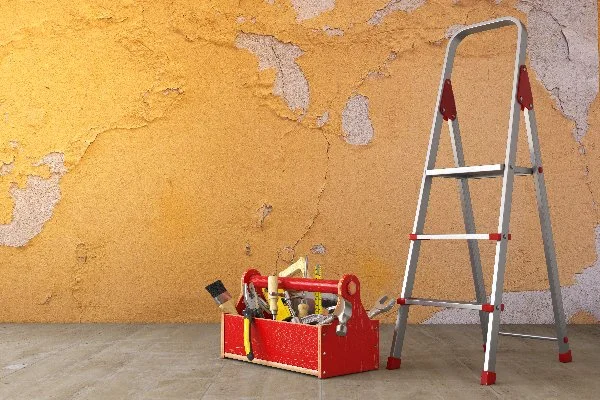Renovating an Old Home? Keep an Eye Out For These Common Issues
If you're thinking about renovating your old home, there are some important things you need to be aware of before taking the plunge. From potential structural issues to outdated wiring and plumbing, there are a number of common problems that can arise when renovating an older home. Here are five of the most common issues you should look out for while you're renovating.
Mold and Mildew
One of the most common issues in older homes is mold and mildew buildup. This can occur due to moisture seeping into walls or ceilings, or from poor ventilation in bathrooms or kitchens. It is important to identify any areas where mold might be present prior to starting any renovations, as it can cause health problems if left untreated. It is also important to ensure that any new materials used in the renovation are moisture-resistant, as this will help prevent future mold growth.
Mold and mildew growth can be identified by a musty, earthy odor in certain rooms or areas of the home. Visible signs of mold and mildew include discoloration on walls, ceilings, or other surfaces, as well as patches of black or greenish-gray material that may look slimy. It is important to take immediate action if any of these signs are present, as they can indicate a more serious problem beneath the surface. Professional mold removal services may be necessary in some cases, so it's important to have an expert come out and assess the situation before starting any renovations.
Structural Issues
When carrying out renovations on an old home, it's important to check for structural issues such as foundation cracks or roof leaks. These types of issues may require professional help before they can be addressed properly and safely. Be sure to have a professional inspect your home before beginning any major renovations, so that you can address any potential structural issues before they become a problem.
Outdated Wiring and Plumbing Systems
Another common issue in older homes is outdated wiring and plumbing systems. Outdated wiring can pose a safety hazard if not replaced with modern wiring systems, while outdated plumbing can lead to water damage or sewage backups if not repaired promptly. Make sure that all wiring and plumbing components are up-to-date before beginning your renovation project, as this will help avoid costly repairs down the line.
When inspecting your old home's systems, look for frayed wires, corroded pipes, or leaks. It may also be helpful to contact a professional plumber or electrician to have your systems inspected and tested. This can help ensure that your wiring and plumbing is up to code and will not require costly repairs or replacements during the renovation process. Additionally, if you're having any major renovations done such as a kitchen or bathroom remodel, make sure to get new wiring and plumbing installed at the same time in order to avoid potential problems down the line.
Pest Infestations
Pests such as rodents or insects can sometimes infest old homes due to their age or lack of maintenance over time. These pests can include mice, rats, cockroaches, and termites, among a few. If a pest infestation is suspected, it should be addressed prior to starting construction work, as it could create additional hazards during the renovation process. Ensure that all necessary precautions are taken prior to proceeding with any construction work on an old home, including extermination, termite treatment, and restoration, if needed.
Pest infestations can be identified by the presence of droppings, gnaw marks, and other signs of activity. Other signs include the presence of nests or colonies, as well as hearing scurrying noises in walls or floors. If you suspect a pest infestation in your home, it is important to contact a professional exterminator right away to have the issue addressed. Taking care of the problem promptly can help prevent further damage to your home and property, as well as potential health issues for you and your family.
Lead Paint and Asbestos Exposure Risks
Lead paint and asbestos were commonly used in building materials prior to the 1970s, which means that many older homes may contain these materials in their walls, ceilings, floors, and insulation materials. Exposure to lead paint or asbestos can be hazardous to your health; therefore it’s important that any potentially contaminated materials are removed correctly by a professional prior to beginning construction work on your renovation project.
If you suspect that your older home contains lead paint or asbestos, it is vital to contact a certified professional for assistance. Professionals will be able to inspect the area and provide advice about how best to safely remove any hazardous materials. They can also advise on how to properly dispose of these materials in accordance with local regulations. Taking the time to contact a certified professional for help ensures your home is safe and healthy to live in.
Renovating an old home presents unique challenges that must be addressed safely and effectively before proceeding with construction projects. From potential structural issues like foundation cracks or roof leaks, outdated wiring and plumbing systems, exposure risks from lead paint or asbestos, and pest infestations—it's essential for homeowners to know what they may encounter when renovating an old home in order for their projects to go smoothly. With proper planning and preparation, however, these common issues can be easily managed so you can enjoy the fruits of your labor once the renovations are complete.


